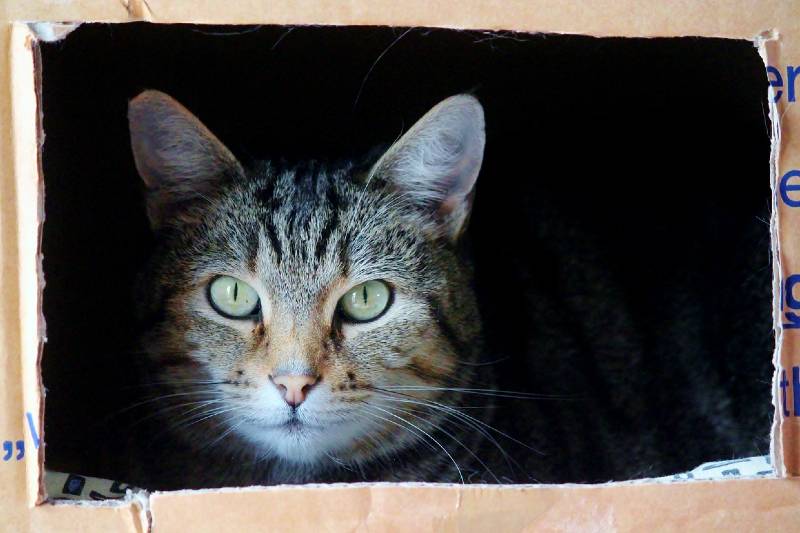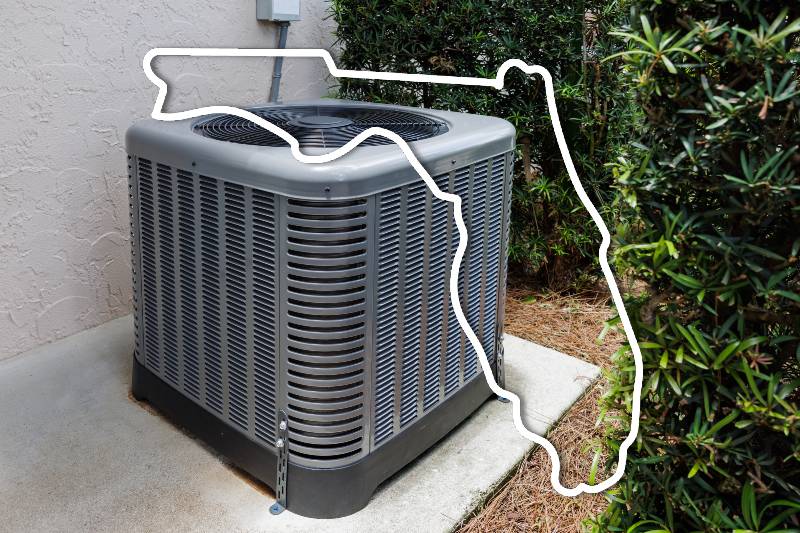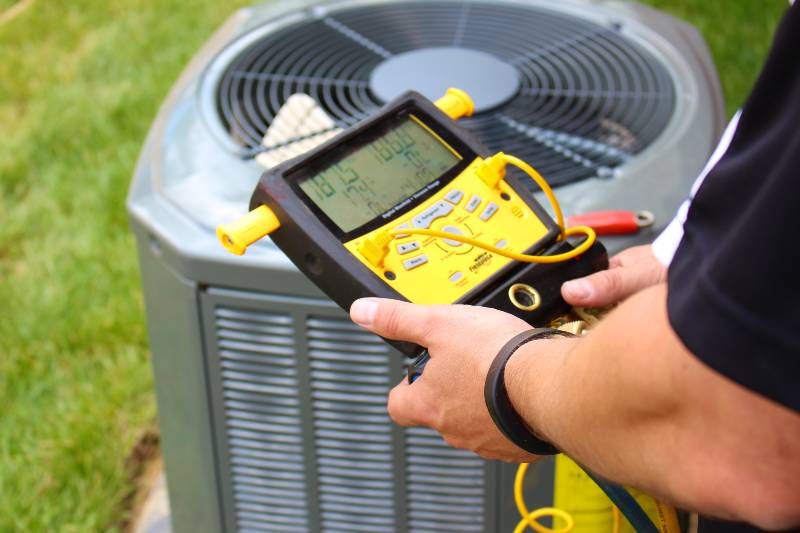Pets can become stressed during a move due to changes in their environment and routines.
Moving homes is exciting, but for our beloved pets, it can also be a time of stress and confusion. To make the transition as smooth and comfortable as possible to maintain their routines and comfort as much as possible. To help them adjust:
1. Create a Safe Space:
Set up a designated area in your new home where your pets can feel safe and secure. Ensure it includes their familiar bedding, toys, and food/water bowls.
2. Gradual Transition:
If possible, introduce your pets to their new home gradually. Spend time with them in each room, allowing them to explore and adjust at their own pace.
3. Keep ID Updated:
Update your pet’s ID tags and microchip information with your new address and contact details before the move. This is crucial in case they get lost during the transition.
4. Consider Boarding or Pet-Sitting:
On moving day, it might be less stressful for your pets if you arrange for a pet-sitter or board them temporarily. This reduces their exposure to the chaos of moving day.
5. Maintain Regular Feeding and Walks:
Stick to your pets’ regular feeding and walking schedules as closely as possible. Familiar routines provide comfort during the upheaval of a move.
6. Stay Calm:
Pets can pick up on your emotions. Try to stay calm and reassuring, providing plenty of affection and comfort throughout the moving process.
7. Update Vet Records:
If you’re moving to a new area, update your pet’s veterinary records and find a new local vet. Ensure vaccinations and preventative care are up-to-date.
8. Pack a Pet Essentials Box and Pack them Last:
Pets thrive on routine and familiarity. The upheaval of moving, with strange surroundings and new smells, can be unsettling. A Pet Essentials Box is a carefully curated collection of items that provide your pets with a sense of security and comfort during the move. Here’s what it should include:
-
- Food and Water: Ensure you have enough of your pet’s regular food and fresh water. Sudden dietary changes can upset their stomachs, so consistency is key.
- Bowls: Pack your pet’s food and water bowls for easy access. Collapsible bowls can be space-saving and convenient.
- Medications and First-Aid Kit: If your pet requires medication, keep a supply on hand. Include a basic first-aid kit with items like bandages, antiseptic wipes, and any necessary medications for emergencies.
- Bedding and Comfort Items: Include your pet’s bed or a familiar blanket or towel they love. Having something that smells like home can reduce anxiety.
- Favorite Toys: A few of their favorite toys can provide entertainment and a sense of normalcy. Familiar playthings can help ease stress.
- Leash and Harness/Collar: Keep your pet’s leash and a harness or collar with identification tags on hand, just in case they need to go out during the move.
- Litter and Litter Box: If you have a cat, bring along enough litter and a small litter box. This helps maintain their litter box routine.
- Grooming Supplies: Include grooming tools if your pet requires regular grooming. Brushing them can be comforting and maintain their routine.
- Pet Carrier: If you’re traveling a long distance, a pet carrier is essential for their safety and security.
9. Pet-Proof the New Home:
Before letting your pets roam freely in your new home, ensure it’s pet-proofed. Remove hazards, secure windows and doors, and check for potential escape routes.
10. Patience and Observation:
Be patient with your pets as they adjust to their new surroundings. Watch for signs of stress, and if behavioral issues persist, consider consulting a veterinarian or animal behaviorist.












